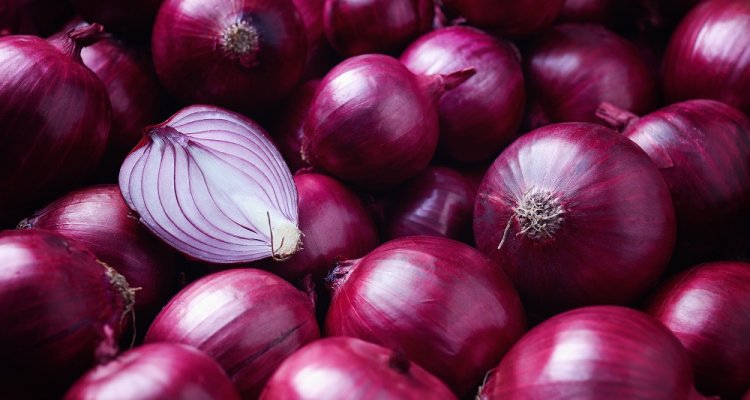
Project
Breeding for MH-independent onion cultivars - models and markers for sprouting stability in onion
To prevent the sprouting of bulbs during storage, approximately two weeks before harvest plants are treated with a chemical agent called MH (maleic hydrazide). The Dutch government intends to reduce the application of this chemical compound and, if possible, cease treatment by 2030. That means that other innovative solutions are required to improve the storability of onion bulbs. Designing selection tools for breeding onion bulbs with longer dormancy during storage is therefore a high priority.
Project aim
Aim of the project is to contribute to the development of a more sustainable onion production by breeding for MH-independent onion cultivars. The project will focus on the identification of genes regulating the sprouting in onion. Scientific studies indicate common mechanisms for the regulation of sprouting in potato and onion. Recently, a member of the TERMINAL FLOWER 1/CENTRORADIALIS (TFL/CEN) gene family was identified that supresses sprouting of potato tubers and extends dormancy. These genes belong to a larger group of highly conserved phosphatidyl-ethanolamine binding proteins (PEBPs) that also include the ubiquitous flowering inducing signal, FLOWERING LOCUS T.
Importantly for onion, regulation of biennial flowering both in brassicas and in sugar beet has been shown to be under PEBP gene control. A recent report has shown that some PEBPs also interact with proteins controlling sucrose transport. These findings open up the possibility to tune allelic variation in the PEBPs and their sucrose transporter counterparts to optimize their impact on developmental processes like storage organ formation, sprouting and flowering.
Expected outcomes
For onion, PEBP candidate genes have been identified that are involved in bulbing and flowering, but their exact functioning and existing variation remain to be resolved. For dormancy and sprouting such genes have not been isolated yet. Overall, this project aims to firstly, generate a catalogue of all onion PEBP coding genes and associated genetic factors, and classify them into the different clades. Secondly, we will assess the genetic diversity of this important set of regulators. Thirdly, we will correlate the presence of individual allelic variants with known phenotypic variation of traits targeted at dormancy regulation in onion. We expect to deliver a comprehensive set of dormancy and sprouting related markers in onion that can be validated in the field and be used in breeding programs for development of MH-independent onion cultivars.